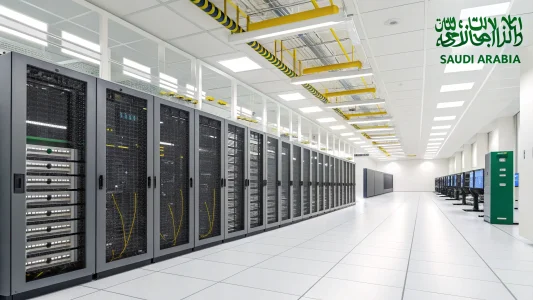Table of Contents
ToggleFoundation’s Dramatic Expansion
The more than tenfold increase in the foundation’s assets represents one of the fastest-growing charitable organizations in the tech sector. The growth trajectory closely mirrors Nvidia’s own business success, as the company has transformed from a gaming graphics card manufacturer to the leading provider of chips powering AI applications worldwide.
Financial experts note that the foundation’s growth has been fueled primarily by Nvidia stock donations from the Huangs, as the company’s shares have appreciated significantly during the AI boom. This has allowed the foundation to multiply its initial asset base without requiring additional significant contributions.
Impact on Philanthropic Landscape
With assets exceeding $9 billion, the Huang Foundation now ranks among the largest private charitable foundations in the United States. This places it in the company of other tech-wealth philanthropic organizations, such as the Bill & Melinda Gates Foundation and the Chan Zuckerberg Initiative.
The rapid expansion gives the foundation substantial resources to address major social challenges. While the Huangs have maintained a relatively low profile regarding their charitable giving, their foundation now has the financial capacity to make significant impacts in multiple sectors.
Giving Priorities and Future Direction
The Huang Foundation has historically focused on several key areas:
- Education, particularly in STEM fields
- Medical research and healthcare access
- Community development initiatives
Philanthropy experts suggest that with its greatly expanded resources, the foundation may broaden its focus areas or deepen its commitments to existing causes. The organization now has the financial capability to fund significant research initiatives, educational institutions, or healthcare programs at levels that could drive systemic change.
“When foundations grow this quickly, they often need time to develop the organizational capacity to distribute funds at scale effectively,” said a nonprofit sector analyst. “The challenge for the Huangs will be creating a strategic vision that matches their greatly expanded resources.”
Tech Wealth and Giving Trends
The Huang Foundation’s growth exemplifies a broader trend of wealth in the tech industry being channeled into philanthropy. As technology companies have created unprecedented wealth for their founders and early investors, many have established foundations to manage their charitable giving.
This shift has introduced new approaches to philanthropy, with tech donors often applying business principles to their giving strategies. Many tech philanthropists favor data-driven approaches, measurable outcomes, and addressing root causes rather than symptoms of social problems.
The foundation’s expansion comes at a time when calls for greater wealth redistribution have intensified. Critics argue that while private philanthropy provides valuable resources for social causes, it also represents a concentration of decision-making power in the hands of wealthy individuals.
As the Huang Foundation continues to grow, observers will closely monitor its resource deployment and the impact it achieves across its chosen focus areas. With its substantial financial assets, the foundation has the potential to become a major force in global philanthropy for decades to come.















